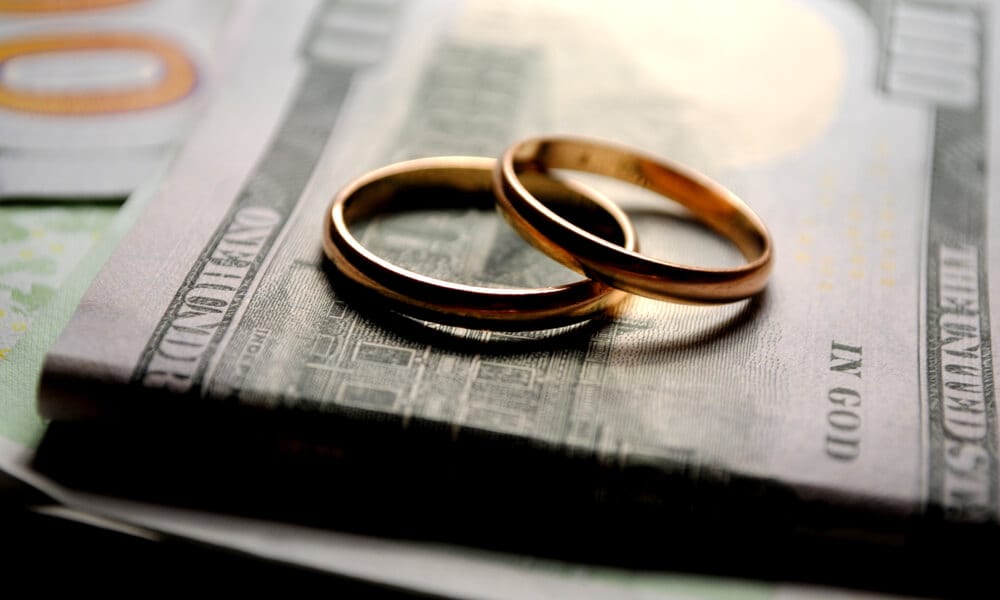The tradition of presenting an engagement ring is deeply ingrained in many cultures around the world, symbolizing love, commitment, and the promise of a future together. Across continents and centuries, diverse customs have emerged, each with its own unique practices and meanings surrounding the exchange of engagement rings. Exploring these traditions offers a glimpse into the rich tapestry of rituals that celebrate love and union across the globe.
Engagement Rings in Western Culture
In Western cultures, the exchange of engagement rings, often featuring a diamond or other precious gemstone, is a widely recognized symbol of commitment. The giving of an engagement ring traditionally marks the intention to marry, with the ring serving as a visible token of the promise made between partners. This tradition has evolved over time, influenced by historical customs and the symbolism associated with the circular shape of the ring, representing eternity and endless love.
Asian Engagement Ring Traditions
In many Asian cultures, engagement ring traditions vary significantly from Western norms. For example, in Chinese culture, engagement rings are not typically exchanged. Instead, couples often exchange “betrothal gifts” known as “Guo Da Li,” which can include jewelry, money, and other symbolic items. The emphasis is placed more on the exchange of gifts between families as a symbol of mutual respect and commitment.
Indian Engagement Ring Customs
In India, engagement rituals are vibrant and diverse, reflecting the country’s rich cultural tapestry. Engagement rings, often featuring intricate designs and embellishments, are exchanged during ceremonies that vary by region and religious beliefs. Rings may be made of gold, adorned with gemstones, or crafted according to traditional designs that hold spiritual significance. The engagement ceremony, known as “Mangni” or “Sagai,” is a joyous occasion marked by rituals that celebrate the union of two families.
European and Middle Eastern Traditions
Across Europe and the Middle East, engagement ring customs also showcase a wide array of traditions and symbolism. In some European countries, such as Germany and Austria, engagement rings may be worn on the right hand before marriage and then switched to the left hand after the wedding ceremony. In Middle Eastern cultures, engagement rings may feature intricate designs and patterns, often incorporating cultural motifs and religious symbols that reflect the heritage and beliefs of the couple.
African and Latin American Customs
In Africa and Latin America, engagement traditions are deeply rooted in cultural heritage and community. Engagement rings may vary widely in style and material, from simple bands to elaborate designs that symbolize familial ties and social status. In some African cultures, the exchange of engagement rings may be accompanied by ceremonies involving traditional rituals and blessings from elders. Similarly, in Latin America, engagement rings are cherished symbols of love and commitment, often exchanged during elaborate celebrations that unite families and communities.
Modern Interpretations and Global Influences
In today’s interconnected world, engagement ring traditions continue to evolve as couples blend cultural influences and personal preferences. Modern interpretations may combine elements from various traditions, reflecting the diversity and global nature of contemporary relationships. Whether choosing a traditional diamond ring in Western cultures or embracing cultural customs from around the world, couples are increasingly drawn to engagement rings that symbolize their unique love story and shared values.
Conclusion
From the opulent engagement ceremonies of India to the subtle exchanges in Western cultures, engagement ring traditions from different cultures offer a glimpse into the rich diversity of global customs surrounding love and commitment. Whether adorned with diamonds, crafted from gold, or embellished with cultural symbolism, engagement rings serve as timeless symbols of promise and unity across continents and generations. By honoring these traditions, couples celebrate not only their love but also the cultural heritage and values that shape their union.
In the end, the exchange of an engagement ring transcends borders and languages, uniting couples in a shared journey towards marriage and a future filled with love, respect, and cultural richness.














